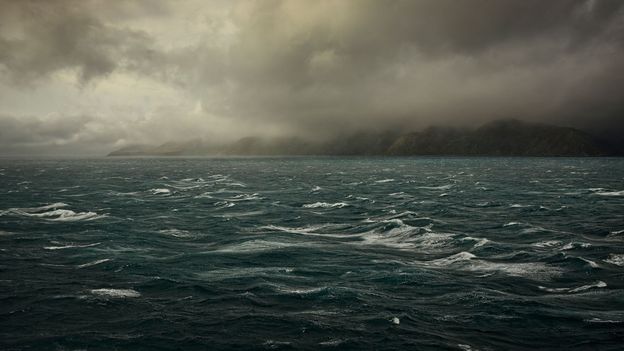If the fate of previous civilisations can be a roadmap to our future, what does it say? One method is to examine the trends that preceded historic collapses and see how they are unfolding today.
While there is no single accepted theory for why collapses happen, historians, anthropologists and others have proposed various explanations, including:
CLIMATIC CHANGE: When climatic stability changes, the results can be disastrous, resulting in crop failure, starvation and desertification. The collapse of the Anasazi, the Tiwanaku civilisation, the Akkadians, the Mayan, the Roman Empire, and many others have all coincided with abrupt climatic changes, usually droughts.
ENVIRONMENTAL DEGRADATION: Collapse can occur when societies overshoot the carrying capacity of their environment. This ecological collapse theory, which has been the subject of bestselling books, points to excessive deforestation, water pollution, soil degradation and the loss of biodiversity as precipitating causes.
INEQUALITY AND OLIGARCHY: Wealth and political inequality can be central drivers of social disintegration, as can oligarchy and centralisation of power among leaders. This not only causes social distress, but handicaps a society’s ability to respond to ecological, social and economic problems.
The field of cliodynamics models how factors such as equality and demography correlate with political violence. Statistical analysis of previous societies suggests that this happens in cycles. As population increases, the supply of labour outstrips demand, workers become cheap and society becomes top-heavy. This inequality undermines collective solidarity and political turbulence follows.
COMPLEXITY: Collapse expert and historian Joseph Tainter has proposed that societies eventually collapse under the weight of their own accumulated complexity and bureaucracy. Societies are problem-solving collectives that grow in complexity in order to overcome new issues. However, the returns from complexity eventually reach a point of diminishing returns. After this point, collapse will eventually ensue.
Another measure of increasing complexity is called Energy Return on Investment (EROI). This refers to the ratio between the amount of energy produced by a resource relative to the energy needed to obtain it. Like complexity, EROI appears to have a point of diminishing returns. In his book The Upside of Down, the political scientist Thomas Homer-Dixon observed that environmental degradation throughout the Roman Empire led to falling EROI from their staple energy source: crops of wheat and alfalfa. The empire fell alongside their EROI. Tainter also blames it as a chief culprit of collapse, including for the Mayan.
EXTERNAL SHOCKS: In other words, the “four horsemen”: war, natural disasters, famine and plagues. The Aztec Empire, for example, was brought to an end by Spanish invaders. Most early agrarian states were fleeting due to deadly epidemics. The concentration of humans and cattle in walled settlements with poor hygiene made disease outbreaks unavoidable and catastrophic. Sometimes disasters combined, as was the case with the Spanish introducing salmonella to the Americas.
RANDOMNESS/BAD LUCK: Statistical analysis on empires suggests that collapse is random and independent of age. Evolutionary biologist and data scientist Indre Zliobaite and her colleagues have observed a similar pattern in the evolutionary record of species. A common explanation of this apparent randomness is the “Red Queen Effect”: if species are constantly fighting for survival in a changing environment with numerous competitors, extinction is a consistent possibility.
—
Despite the abundance of books and articles, we don’t have a conclusive explanation as to why civilisations collapse. What we do know is this: the factors highlighted above can all contribute. Collapse is a tipping point phenomena, when compounding stressors overrun societal coping capacity.
We can examine these indicators of danger to see if our chance of collapse is falling or rising. Here are four of those possible metrics, measured over the past few decades:











